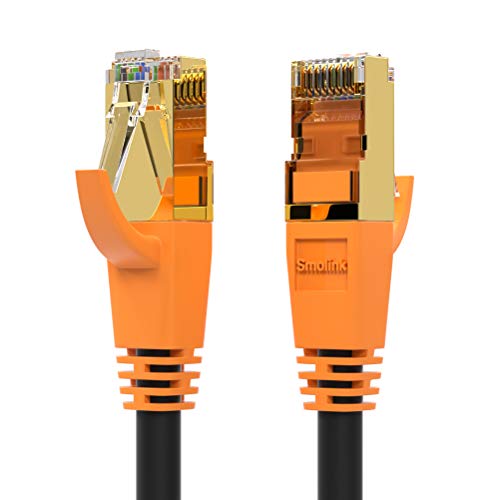Parallel Cables
Parallel cables, also known as parallel printer cables or Centronics cables, were commonly used in the past to connect printers and other parallel devices to computers. They transmitted data in parallel, meaning multiple data bits were transferred simultaneously over separate wires.
Parallel cables typically had a 25-pin or 36-pin connector on one end, which plugged into the printer or parallel port on the computer. The other end of the cable often had a Centronics connector, which connected to the parallel port on the printer or peripheral device.
These cables provided a relatively fast data transfer rate, enabling efficient printing and data communication between the computer and the printer. They were commonly used for connecting dot matrix printers and early laser printers to computers.
Parallel cables were usually thick and bulky due to the multiple wires required to transmit data in parallel. The cables often had shielding to reduce electromagnetic interference and ensure reliable data transmission.
However, with advancements in technology, parallel connections have been largely replaced by USB (Universal Serial Bus) and network connections for printers and other devices. USB cables offer easier connectivity, higher data transfer rates, and greater compatibility with modern devices.
It’s important to note that parallel cables are not commonly used in modern computer systems and are not compatible with newer devices that do not have parallel ports. If you need to connect a printer or other peripheral to a computer, it is recommended to use the appropriate cable or interface that matches the device’s specifications and connectivity options.
Showing 1–12 of 33 results
5Pcs Parallel Port D-SUB DB25 IDC Connector Male Flat Ribbon Cable Adapter
Cables & Accessories $22.598.9 Feet DB25 Pin to CN36 Hole Parallel Printer Cable, YOUCHENG, for Connect Computers, Printers
Cables & Accessories $9.99ANBILILA New USB 2.0 to IEEE-1284 25 Pin Parallel Printer Connector Adapter Cord Cable
Cables & Accessories $8.99CablesOnline 8 inch DB25 Parallel Male/Dual Female Y-Splitter Printer Cable (YS-005)
Cables & Accessories $22.95InstallerCCTV DB25 Male to DB25 Female Parallel Printer Cable. 6Ft Parallel to Serial Extension Cable
Cables & Accessories $9.99















